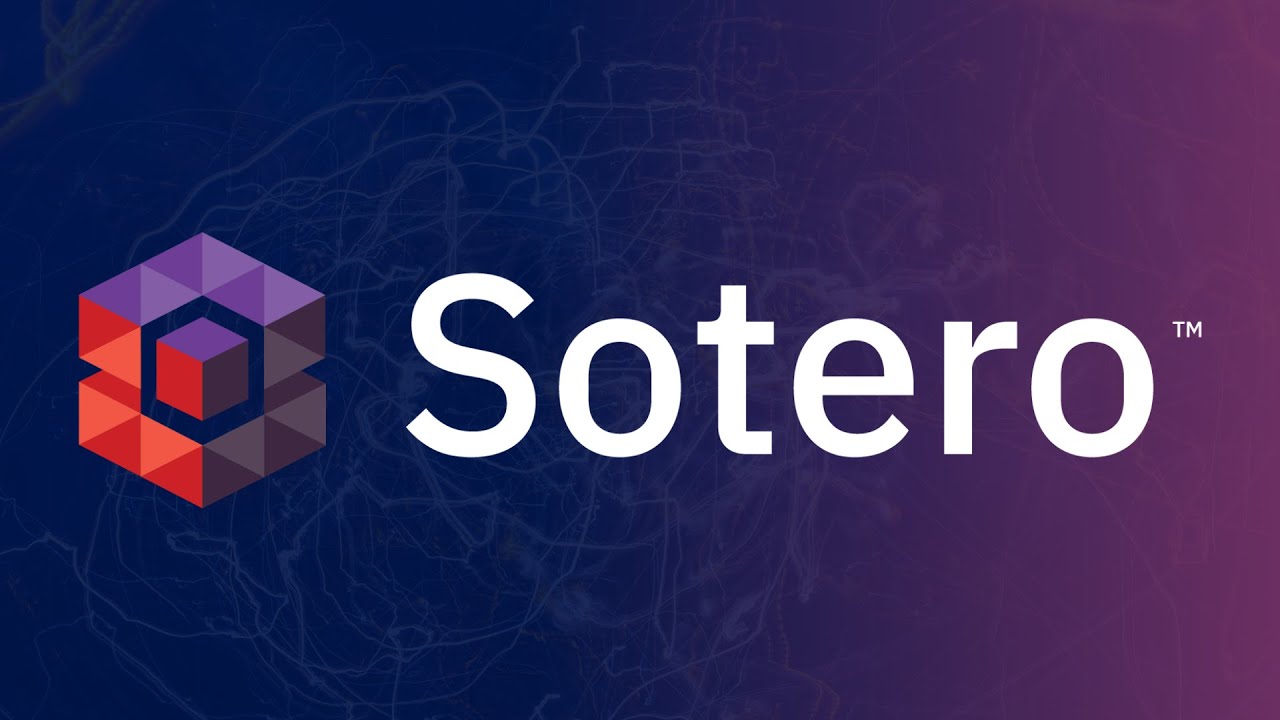“The data that we have access to today has never been more relevant, time sensitive, granular, and specific. Purchase data, shopping cart data, in-store locational data. Data on website usage, mobile location, advertising exposure – the information, the great information we have access to is exploding.”
That’s what Pat Dineen, CIO at Nielsen said at the outset of our recent Fireside Chat on enabling secure data sharing in the marketing industry (you can watch it below). The other participants in the chat included George Coruguedo, CTO at Redpoint Global, Carol Meyers, former CMO at Rapid7, and myself.
We convened the chat to address a key question: How can we share, analyze and monetize this data – which Pat called “precious, proprietary, dangerous and competitive” – without exposing it to risk or, as Pat said, “giving it away.”
“If I am a media company or a retailer or a bank, I have really great information about what consumers do on my properties, in stores, on my websites and with my mobile apps. I know I can multiply the value of that data if I’m able to bring it together with other information. 20 years ago, we could just call up an Axiom or an Experian or somebody and get an address match and append a hundred demographic variables. And it was no big deal. You could do that almost overnight,” he explained.
The Power and Promise of Data Sharing
Of course, times have changed. Marketers have become much more protective of their data. There are two reasons for this. First, the immense value of this data has become clear. Second, concerns about data privacy have driven governments and regulators to impose more and more wide-ranging restrictions on how data can be used, and they have prescribed more and more stringent standards on how it must be protected.
Pat put the conundrum this way, “If I have precious data from my experience with customers, and I know somebody else also has precious information, and the two together can actually make for much better a relationship with that customer, how do you do that? And how do you do that at scale?”
To show that this is far from an academic exercise, Redpoint’s George Coruguedo described the following scenario.
“We work with a retail pharmacy company and one of the areas that is incredibly costly in the healthcare industry are billing errors, cases where you have to call a customer up and correct something about their record. There’s been lots of discussions happening in the healthcare industry about pooling insurance data, cleansing it, and making it available to healthcare organizations. This would allow them to get the correct billing information for everyone and take some real friction out of the system, because chasing down this information actually costs billions of dollars in time and energy and effort.”
“At the same time,” he pointed out, “while there’s good reason to do something like this, and, cost saving’s aside, there are real benefits to the customer, companies are terrified of doing it for the exact reason that Pat was saying. They don’t know if their data will be safe or what someone else might do with it.”
Scalable and Secure Data Sharing
It was with an eye to overcoming these data sharing challenges that we created Sotero Protect. As I said during the chat, in the old days, appending data was simple. You sent your file via FTP, the data partner appended it and sent it back to you. Nobody really worried about price or security. Everyone just assumed that the other party would keep things secure.
Today, that’s not acceptable. Companies want to be in charge of controlling and securing their customer information. That has been the whole idea that we operated on. Data sharing plays such a pivotal role across industries, we wanted to build a platform that enables everyone to do it securely and stay in control.
Building a platform like this called for rethinking the approach to data security. In the past, the focus was on protecting a siloed data store. This involved placing a big emphasis on access control and encrypting data at rest. But, as we discussed in the chat, the whole value of data lies in its ability to move and to be accessed and acted upon by various parties. That requires a different approach, where you can keep data protected, but still enable participants to act on that protected data and do so quickly at scale. The platform we created does just that.
Learn More
We covered a number of related topics during the chat – how to walk the line between personalizing interactions while protecting privacy; what “good” and “bad” look like when working with customer data; why a “utility” approach, involving common norms and standards, is crucial for sharing date – so I encourage you to check it out if you haven’t already.
And if you would like to learn more about Sotero, let’s talk!

